 Whenever I've traveled to wine country I've noticed a plethora of dogs hanging out in/around the winery. I didn't think too much about it, figuring pets/animals and rural areas go hand in hand. It always seemed like a great opportunity to ensure a 'friend' was always nearby and an astute property "scout" was happy to help keep an eye on things. I've also been noticing how many pooches appear on labels. A great marketing ploy, I always thought, but it never occurred to me that there might be something more to it.
This weekend I was preparing for a private wine tasting party I have coming up. I always like to find out interesting little "fun facts" about the wines I'm introducing; this supplements the more traditional wine information I impart on my clients' guests, too, and helps make a particular wine memorable in another way. I soon discovered that there is a specific reason they use a dog on the Yalumba Y-Series Shiraz/Viognier label. It symbolizes the necessary and fabulous "mateship" between winemakers and growers. Without the other, they wouldn't have anything to cheers to, if you know what I mean.
Whenever I've traveled to wine country I've noticed a plethora of dogs hanging out in/around the winery. I didn't think too much about it, figuring pets/animals and rural areas go hand in hand. It always seemed like a great opportunity to ensure a 'friend' was always nearby and an astute property "scout" was happy to help keep an eye on things. I've also been noticing how many pooches appear on labels. A great marketing ploy, I always thought, but it never occurred to me that there might be something more to it.
This weekend I was preparing for a private wine tasting party I have coming up. I always like to find out interesting little "fun facts" about the wines I'm introducing; this supplements the more traditional wine information I impart on my clients' guests, too, and helps make a particular wine memorable in another way. I soon discovered that there is a specific reason they use a dog on the Yalumba Y-Series Shiraz/Viognier label. It symbolizes the necessary and fabulous "mateship" between winemakers and growers. Without the other, they wouldn't have anything to cheers to, if you know what I mean.
That one piece of information prompted me to make a more meaningful connection between vineyards and their pooches. I did a little digging to see if there was something more to having dogs around the property and couldn't resist sharing today what I learned.
In California they recently started training golden retrievers to sniff out a troublesome little bug: vine mealy bugs. The bug is new-ish to California and is creating quite a stir. Perhaps not of the same destruction caliber as phylloxera, this little guy is still no fun. When he eats he excretes a sugary, "honeydew" substance that becomes a happy stomping ground for sooty mold. Imagine a grape cluster infested with the honeydew, mold, egg sacs and more mealy bugs and - yep - you're pretty grossed out, not to mention the grapes are completely unusable in wine production and the vines are seriously compromised.
An article on Land of Pure Gold describes just how helpful trained retrievers can be in reducing the impact of these pests. Tim Tesconi writes, if a dog identifies a vine as being infested it can be removed or treated with insecticides. Pinpointing infested vines allows growers to spray specific sites rather than the whole vineyard, which is not only less costly but better for the environment. Cheers to environmentally friendly! Cheers to on-going wine production!
There's plenty more out there on dogs in the vineyards, too. Take a look at some of the cute faces captured at Winery Dogs. As for me, I know what my next toast will be: to the pooches!
What other vineyard dog fun facts have you come across or experienced first hand?
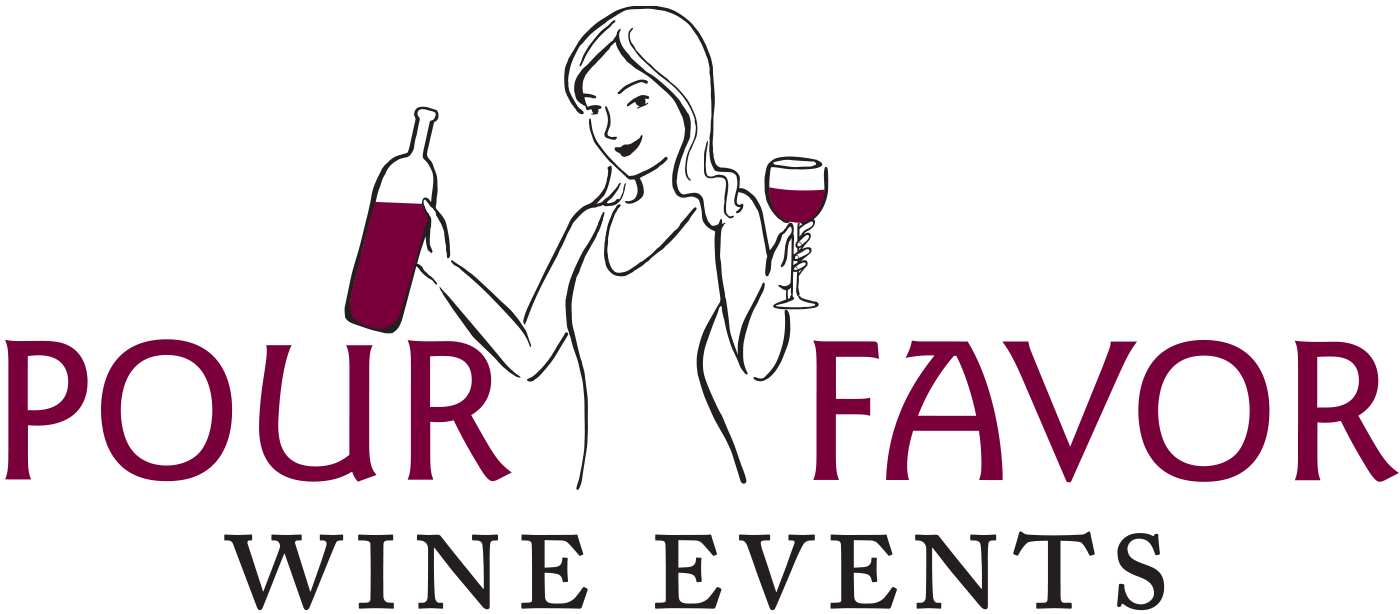

 What is surprising to me is that wine traditions are so often seen as antithetical to science, wrote known wine blogger and enthusiast Dr. Debs of
What is surprising to me is that wine traditions are so often seen as antithetical to science, wrote known wine blogger and enthusiast Dr. Debs of 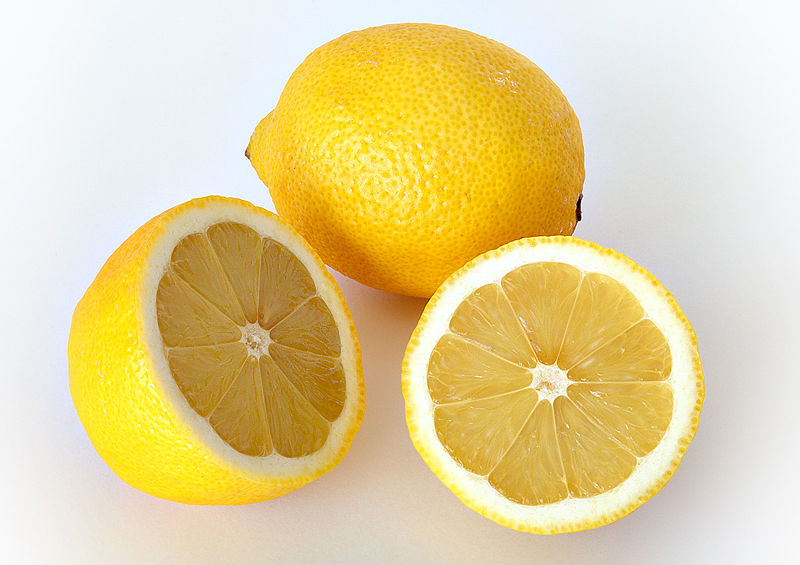 A couple of Wednesdays ago we talked about minerality and I promised to return to the topic of acidity, in terms of why it may/may not really matter. To simplify things for you in an already busy world, here's a quick excerpt to refresh your memory re: the basics on acidity:
If you smell a wine and your mouth waters, you are detecting acidity in the wine. If you take a sip and detect a bit of a tingling sensation on your tongue and/or the inside of your cheeks start to water, you’re also in the money. Acidity heightens the flavor of foods, or makes the wine more “food-friendly” (and also helps it age). This is a great thing, so long as the wine offers complementary amounts of fruit and tannin to balance the acidity present. This is also described as a wine where all the major components (acidity, fruit and tannin) are in balance. Too much acidity and you’ll experience a razor blade slicing through the center of your tongue. Not my idea of a good time….
A couple of Wednesdays ago we talked about minerality and I promised to return to the topic of acidity, in terms of why it may/may not really matter. To simplify things for you in an already busy world, here's a quick excerpt to refresh your memory re: the basics on acidity:
If you smell a wine and your mouth waters, you are detecting acidity in the wine. If you take a sip and detect a bit of a tingling sensation on your tongue and/or the inside of your cheeks start to water, you’re also in the money. Acidity heightens the flavor of foods, or makes the wine more “food-friendly” (and also helps it age). This is a great thing, so long as the wine offers complementary amounts of fruit and tannin to balance the acidity present. This is also described as a wine where all the major components (acidity, fruit and tannin) are in balance. Too much acidity and you’ll experience a razor blade slicing through the center of your tongue. Not my idea of a good time…. I'm going to break with tradition today and start from the bottom up (i.e. with my question of the day): What do you do with your corks?
I started out with a drawer, moved on to a fish bowl, supplemented with a giant, glass brandy snifter and - as of this weekend - have upgraded to a serious, 18" high, glass mason jar. When I started saving my corks several years ago, I saved them because I wanted to remember certain bottles of wine I quite enjoyed. Then it became a habit and all corks became part of my collection. Then when I was on the wine trail out west, my brother and I started asking for corks at the various wineries we visited. Once we even found a bag of them hidden somewhere and he proceeded to take handfuls of them off their hands and stuff them into my decent sized hand bag. That's when I knew I had crossed over.
I'm going to break with tradition today and start from the bottom up (i.e. with my question of the day): What do you do with your corks?
I started out with a drawer, moved on to a fish bowl, supplemented with a giant, glass brandy snifter and - as of this weekend - have upgraded to a serious, 18" high, glass mason jar. When I started saving my corks several years ago, I saved them because I wanted to remember certain bottles of wine I quite enjoyed. Then it became a habit and all corks became part of my collection. Then when I was on the wine trail out west, my brother and I started asking for corks at the various wineries we visited. Once we even found a bag of them hidden somewhere and he proceeded to take handfuls of them off their hands and stuff them into my decent sized hand bag. That's when I knew I had crossed over.
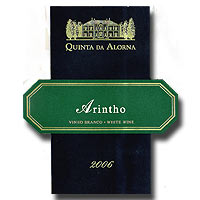 Portugal
Portugal
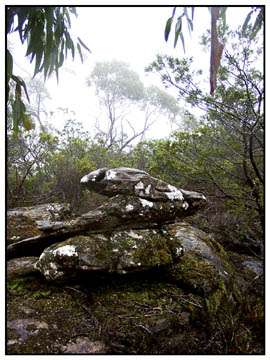 savor, swallow - I had a really hard time discerning when a wine offered minerality and when it just had nice acidity. To my beginner palate, the mouthwatering juices in my mouth were one in the same with a wine with a little 'bite', if you will. I found I struggled with this concept when tasting white wines more often than reds. Many whites offer crisp, citrusy flavors. I associated this crispness with minerality. But when I really got the hang of tasting - whites and reds alike - I was able to disassociate the two, or detect each of these components separately, should they be evident in the wine.
Let's start with
savor, swallow - I had a really hard time discerning when a wine offered minerality and when it just had nice acidity. To my beginner palate, the mouthwatering juices in my mouth were one in the same with a wine with a little 'bite', if you will. I found I struggled with this concept when tasting white wines more often than reds. Many whites offer crisp, citrusy flavors. I associated this crispness with minerality. But when I really got the hang of tasting - whites and reds alike - I was able to disassociate the two, or detect each of these components separately, should they be evident in the wine.
Let's start with 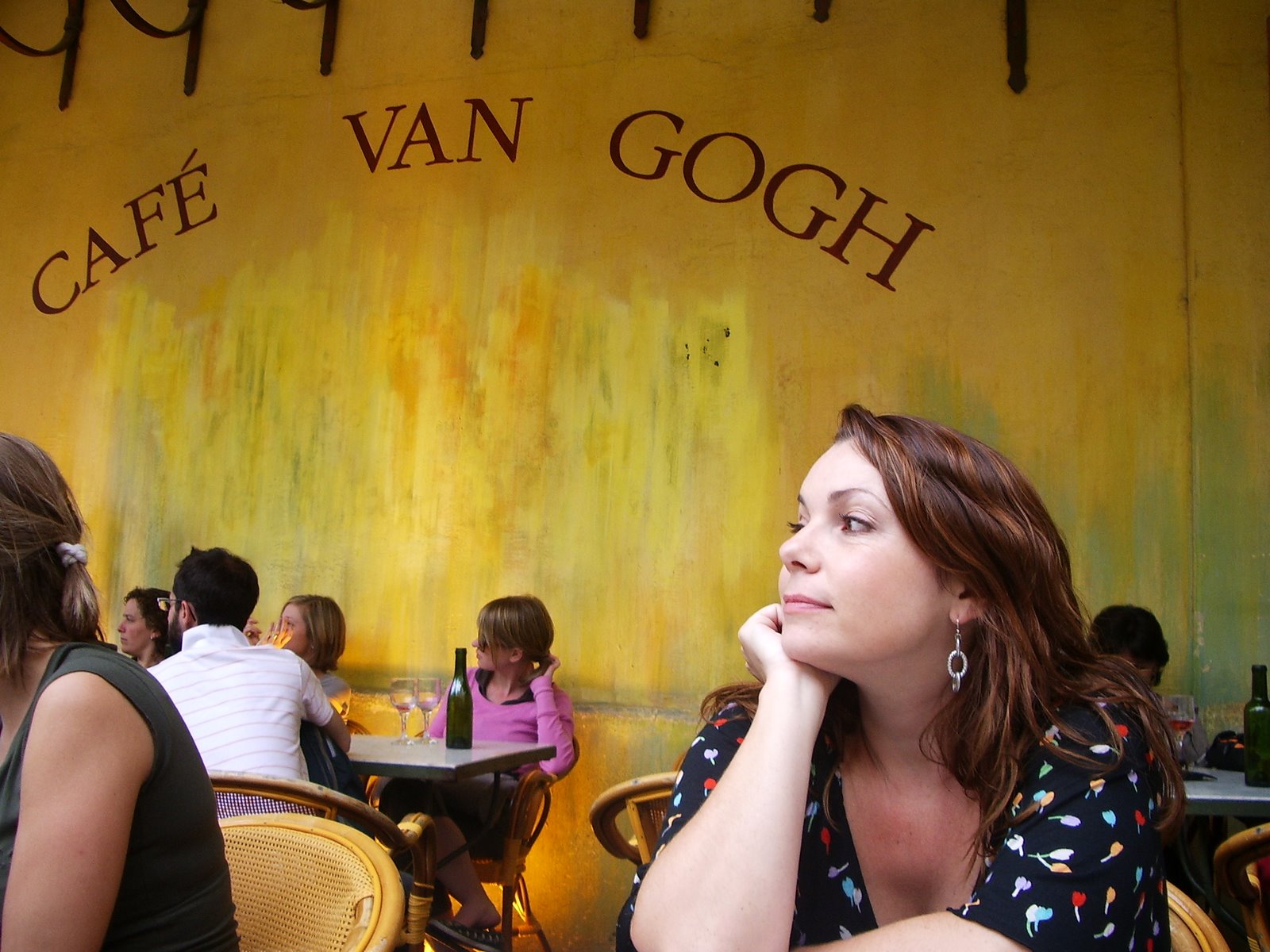 You are sitting at a little table in Provence. You have found a quaint cafe, where a small bowl of salted almonds is at the ready before you even have a chance to ask for a glass of water or rose to quench your thirst on a hot day. You quickly find you and your partner are nibbling on local fare - the cafe's own tapenade and a bit of bread seemed like a good starting place - while you wait for your Nicoise salad to arrive. The
You are sitting at a little table in Provence. You have found a quaint cafe, where a small bowl of salted almonds is at the ready before you even have a chance to ask for a glass of water or rose to quench your thirst on a hot day. You quickly find you and your partner are nibbling on local fare - the cafe's own tapenade and a bit of bread seemed like a good starting place - while you wait for your Nicoise salad to arrive. The